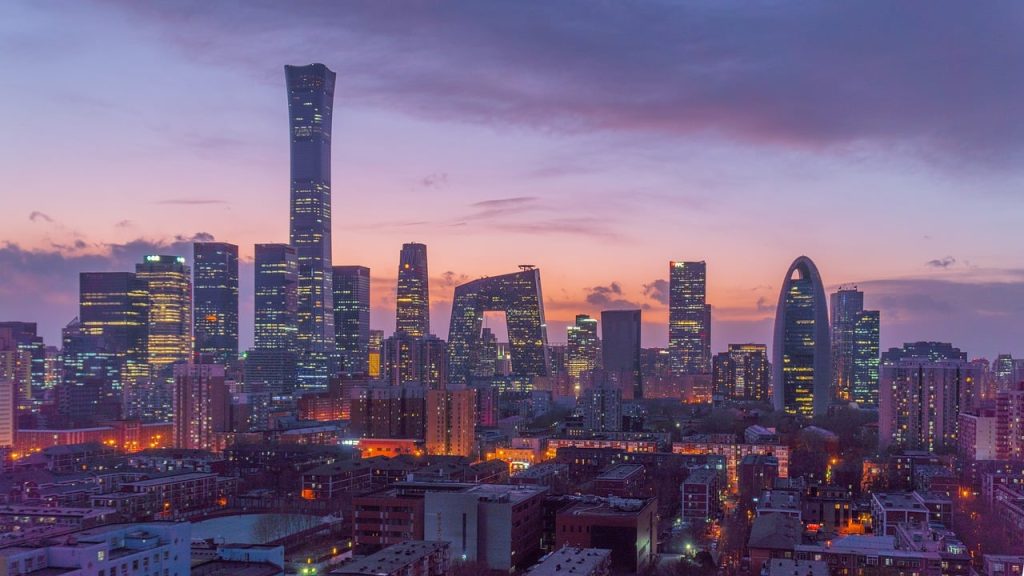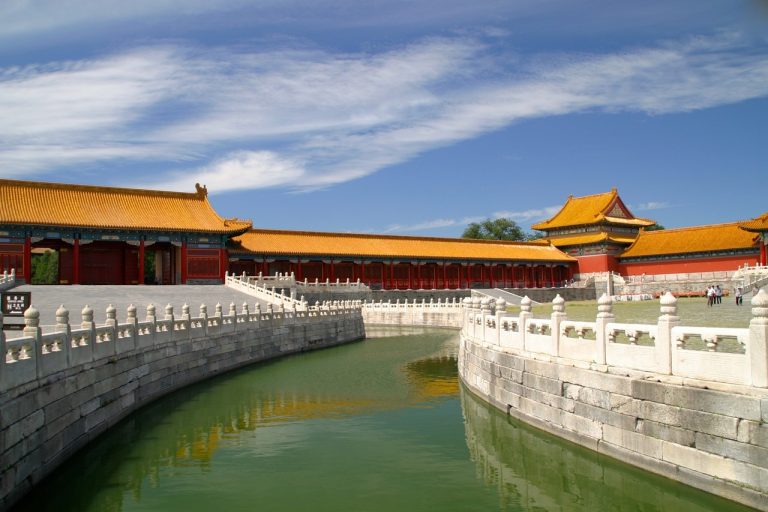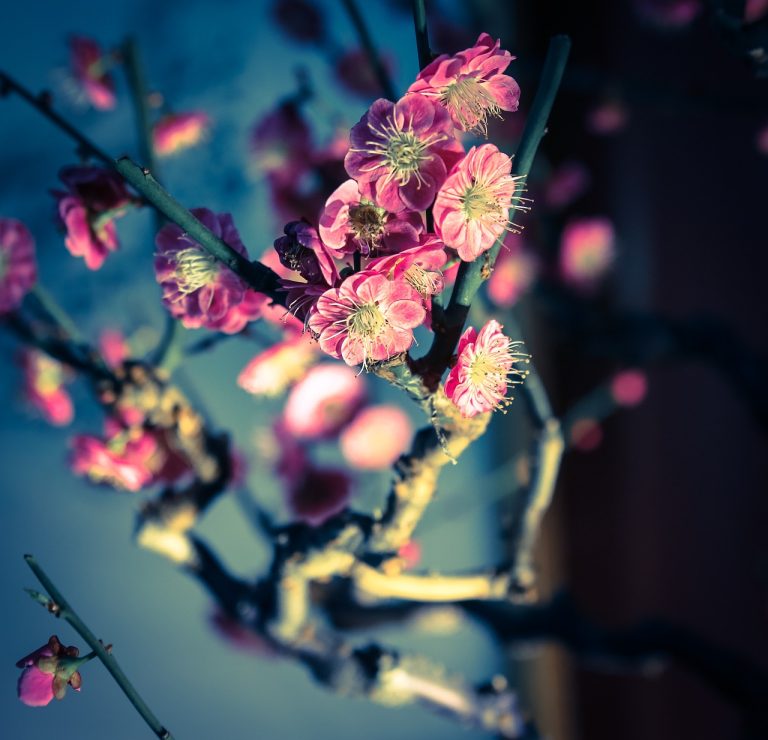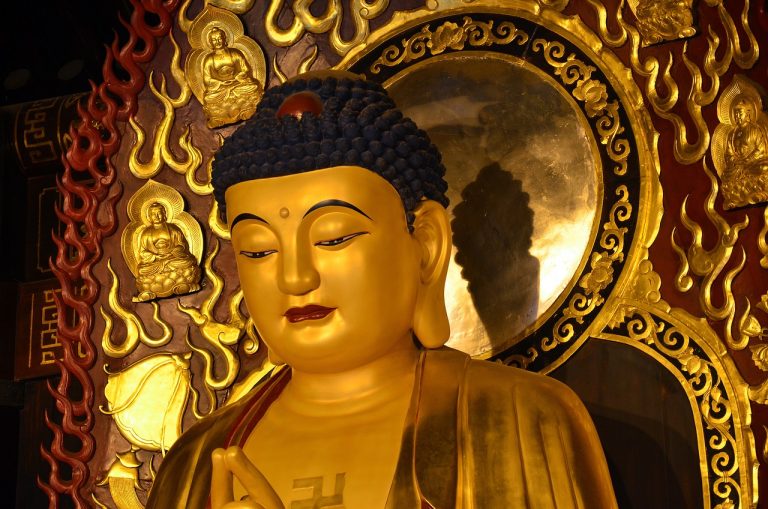Beijing China Video
Historical Treasures of Beijing China: Reliving the Past
Beijing, the capital city of China, is rich in history and culture. With a history dating back over 3,000 years, it is no wonder that the city is home to numerous historical treasures. From ancient palaces and temples to iconic landmarks, Beijing offers a glimpse into the past. In this article, we will explore some of the most significant historical treasures of Beijing, allowing visitors to relive the city’s fascinating history.
Forbidden City: The Imperial Palace
The Forbidden City, also known as the Imperial Palace, is a UNESCO World Heritage Site and one of Beijing’s most iconic attractions. Built during the Ming Dynasty in the 15th century, it served as the imperial palace for almost 500 years. The vast complex covers an area of 180 acres and consists of 980 surviving buildings. It is a remarkable example of traditional Chinese palatial architecture and houses numerous artifacts and artworks from China’s imperial past.
- Emperor’s Residence: The Forbidden City was the residence of emperors and their families throughout the Ming and Qing dynasties. It consists of several halls, including the Hall of Supreme Harmony and the Hall of Preserving Harmony.
- Imperial Gardens: The palace complex also features beautiful imperial gardens, such as the Garden of Harmonious Interests and the Palace of Tranquil Longevity, providing a serene escape from the bustling city.
- Treasure Gallery: Visitors can explore the Treasure Gallery, which displays a vast collection of imperial treasures, including jewelry, ceramics, calligraphy, and paintings.
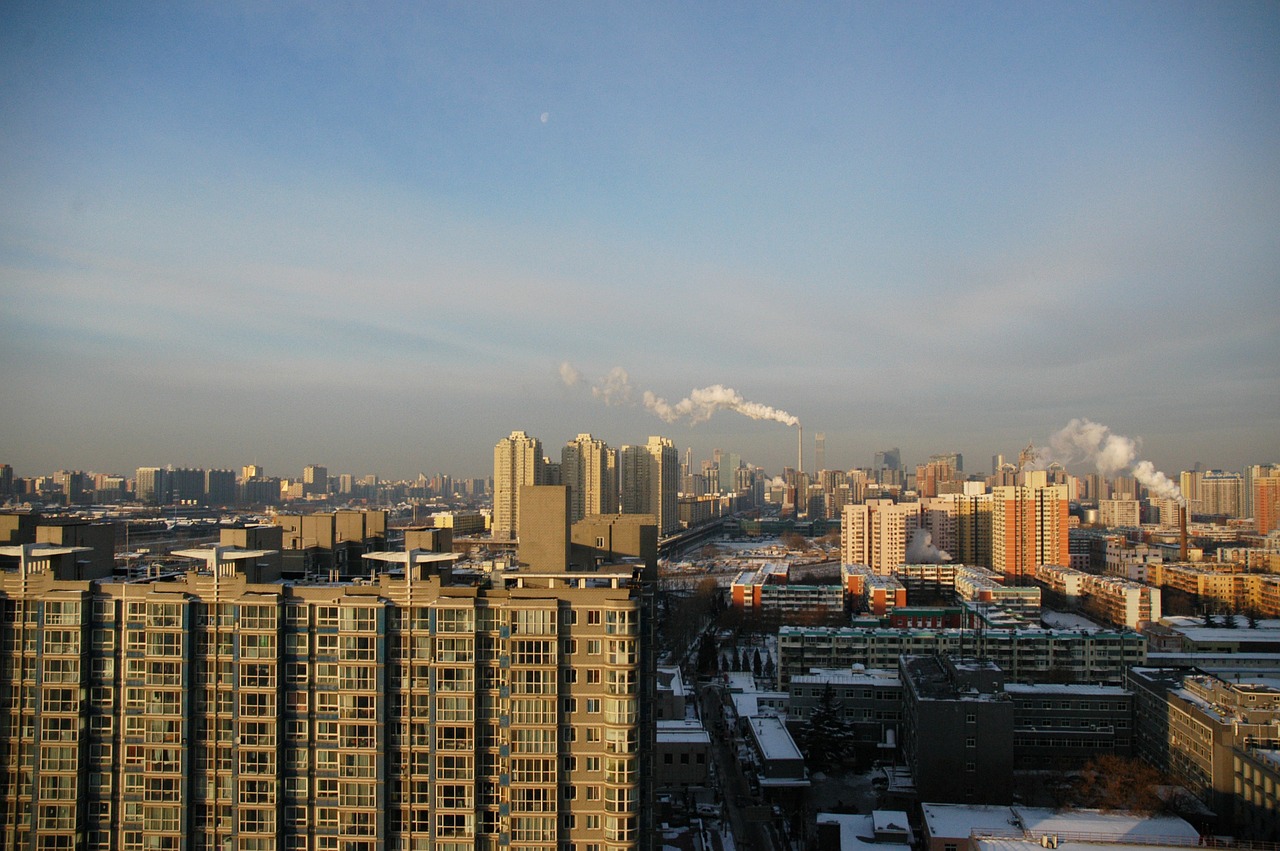
Temple of Heaven: A Spiritual Sanctuary
The Temple of Heaven is an architectural masterpiece and a significant religious site in Beijing. Built in the 15th century during the Ming Dynasty, it was where emperors of the time held annual ceremonies to pray for good harvests. The temple complex covers an area of 2.73 million square meters and consists of several buildings, including the Hall of Prayer for Good Harvests and the Imperial Vault of Heaven.
- Hall of Prayer for Good Harvests: This magnificent triple-gabled circular hall is the centerpiece of the temple complex. Its unique architectural design and intricate decorations make it a must-see attraction.
- Altar of Heaven: The temple complex also features the Circular Mound Altar, where emperors performed sacrificial rituals. The altar is a circular marble terrace with three concentric levels, symbolizing the heavens.
- Echo Wall: The Echo Wall is a fascinating architectural feature in the temple complex. When two people stand at opposite ends of the wall and whisper, the sound travels along the wall and can be heard clearly, demonstrating incredible acoustic properties.

Summer Palace: A Royal Retreat
The Summer Palace is a magnificent imperial garden and palace complex located northwest of central Beijing. Originally built in the 12th century during the Jin Dynasty, it was extensively renovated and expanded during the Qing Dynasty. The Summer Palace covers an area of 2.9 square kilometers and is renowned for its beautiful landscapes, pavilions, and decorative halls.
- Kunming Lake: The Summer Palace is centered around Kunming Lake, a large man-made lake where visitors can enjoy boat rides and picturesque views.
- Long Corridor: Stretching for 728 meters, the Long Corridor is a covered walkway adorned with thousands of colorful paintings. It is the longest corridor of its kind in the world.
- Tower of Buddhist Incense: This iconic three-story tower offers panoramic views of the Summer Palace and its surroundings. It is a popular spot for visitors to capture breathtaking photographs.

Great Wall of China: A Marvel of Engineering
The Great Wall of China is an awe-inspiring historical treasure that stretches across the northern part of China, including sections near Beijing. Constructed over centuries, the wall served as a defense system against invasions. It is one of the most famous landmarks in the world and a testament to human engineering and perseverance.
- Badaling: The Badaling section of the Great Wall is the most well-preserved and popular among visitors. It offers stunning views and is easily accessible from Beijing.
- Mutianyu: The Mutianyu section is known for its beautiful scenery and a less crowded atmosphere. It features unique architectural features, such as watchtowers and guardhouses.
- Jinshanling: For those seeking a more adventurous experience, the Jinshanling section offers breathtaking views and a challenging hike along the wall.
Hutongs: Traditional Beijing Neighborhoods
Hutongs are traditional narrow alleyways and courtyard residences that provide a glimpse into old Beijing’s way of life. These historic neighborhoods are scattered throughout the city and are characterized by traditional courtyard houses, narrow streets, and vibrant local communities.
- Prince Gong’s Mansion: Prince Gong’s Mansion is one of the most well-preserved and grandest courtyard residences in Beijing. It offers a fascinating insight into the lifestyle of the Qing Dynasty nobility.
- Yandaixie Street: Yandaixie Street is a famous hutong street known for its traditional shops selling handicrafts, antiques, and souvenirs. It is a great place to experience the charm of old Beijing.
- Guozijian Street: Guozijian Street is home to the Beijing Confucius Temple and Imperial Academy. It is a historical and cultural street with traditional buildings and a serene atmosphere.
Beijing National Stadium: The Bird’s Nest
The Beijing National Stadium, also known as the Bird’s Nest, is an iconic architectural masterpiece built for the 2008 Summer Olympics. Designed by Swiss architects Herzog & de Meuron, the stadium’s unique structure resembles a bird’s nest and has become a symbol of modern Beijing.
- Architecture: The Bird’s Nest is a marvel of contemporary architecture, combining steel and concrete in an intricate lattice pattern. Its unique design has won numerous awards and accolades.
- Tours and Events: Visitors can take guided tours of the stadium and learn about its construction and history. The stadium also hosts various sporting events and concerts throughout the year.
- Lighting Display: At night, the Bird’s Nest is illuminated with a stunning lighting display, showcasing its beauty and enhancing the city’s skyline.
Beihai Park: A Tranquil Oasis
Beihai Park is a beautiful imperial garden located in the heart of Beijing. It covers an area of 71 hectares and features a large lake surrounded by lush gardens, pavilions, and temples. The park has a history of over 1,000 years and offers a peaceful retreat from the bustling city.
- White Dagoba: The White Dagoba is a prominent landmark in Beihai Park. It is a Tibetan-style stupa that offers panoramic views of the park and the city.
- Taihu Stone: Beihai Park is known for its unique Taihu stones, which are large rocks with intricate shapes. These stones are considered treasures and are used as decorative elements throughout the park.
- Nine-Dragon Wall: The Nine-Dragon Wall is a beautifully decorated screen wall featuring nine intricately carved dragons. It is one of the three famous nine-dragon walls in China.
National Museum of China: Preserving Cultural Heritage
The National Museum of China is one of the largest museums in the world and houses a vast collection of artifacts and artworks that showcase China’s rich history and culture. Located on Tiananmen Square, the museum offers a comprehensive overview of Chinese history from ancient times to the present.
- Permanent Exhibitions: The museum’s permanent exhibitions cover various periods of Chinese history, including prehistoric artifacts, ancient bronze ware, calligraphy, painting, and porcelain.
- Special Exhibitions: The museum also hosts special exhibitions that focus on specific themes or periods, providing visitors with a deeper understanding of Chinese culture and heritage.
- Research and Conservation: The National Museum of China is not only a place for exhibition but also conducts research and conservation work to preserve China’s cultural heritage for future generations.
Conclusion
Beijing is a city steeped in history, and its historical treasures offer a fascinating journey through time. From the grandeur of the Forbidden City to the serenity of Beihai Park, each site provides a unique glimpse into China’s rich cultural heritage. Whether exploring ancient palaces, strolling through traditional hutongs, or marveling at modern architectural wonders, visitors to Beijing can truly relive the past and gain a deeper appreciation for this captivating city.
References
- Forbidden City: www.dpm.org.cn
- Temple of Heaven: www.tiantanpark.com
- Summer Palace: www.summerpalace-china.com
- Great Wall of China: www.badaling.cn
- Hutongs: www.chinahighlights.com
- Beijing National Stadium: www.n-s.cn
- Beihai Park: www.beihaipark.com
- National Museum of China: www.chnmuseum.cn

